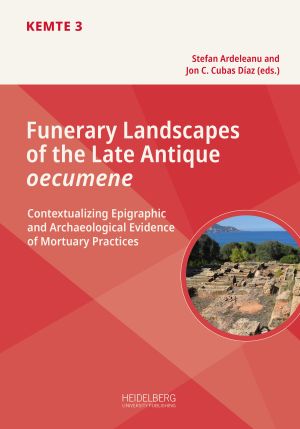How to Cite
License (Chapter)

This work is licensed under a Creative Commons Attribution-ShareAlike 4.0 International License.
Identifiers (Book)
Published
Traditionelle Elemente in der christlichen Grabkultur Ägyptens
Abstract This paper presents an interpretation of some Late Antique grave stelae from Egypt, in particular from the Fayyum. There are signs of remarkable changes in the funerary culture of Late Antique Egypt. This contribution focusses on traditional elements of funerary iconography and their transferal to a Christian context. Prime examples include the Egyptian ‘Anch’, the hieroglyph for ‘life’ consisting of a T surmounted by a loop, reused as a form of the cross; the ‘Orans’ figure; and the mother-and-child-group, serving as a model for both the goddess Isis lactans with Harpokrates and for Maria as mother of Jesus.
Keywords Late Antique burial habits, Fayyum, funerary stelae, iconography and epitaphs, anch, orans, mother-and-child-group






